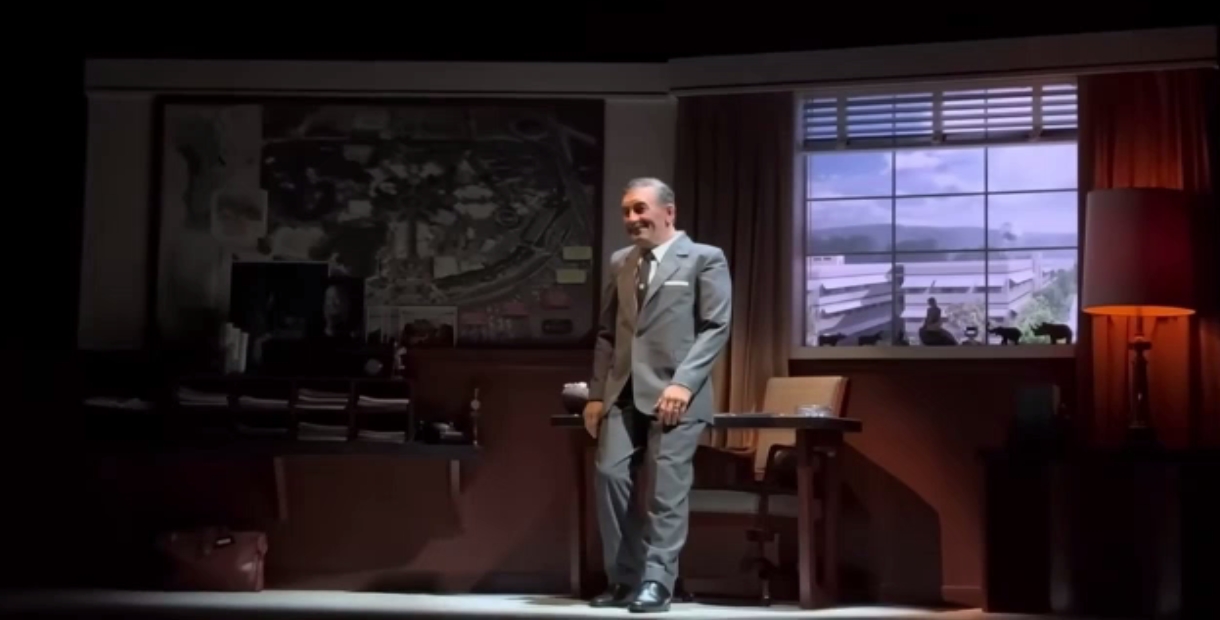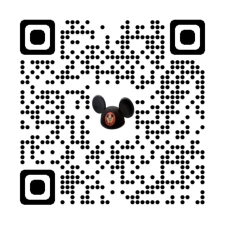A Once Adored Attraction Is Now A Half Empty Eyesore
ID:
TMS-5818
Source:
SFGate
Author:
Katie Dowd
Dateline:
Posted:
Status:
Current
Within a decade of Disneyland’s opening, Walt Disney already knew Tomorrowland had a problem.
“The tomorrows of 1955 had become yesterdays,” a park official said in 1967, quoting Walt’s realization that the future would always arrive faster than Tomorrowland could keep up with.
That problem has hardly lessened through the decades: Despite multiple reimaginings, it’s still the park’s most outdated land, and no building is as emblematic of the issue as the Star Wars Launch Bay.
Tucked between Autopia and Space Mountain, the imposing gray building looks like an empty warehouse, taking up valuable real estate and welcoming only a smattering of guests each day.
Although unimpressive today, the building once thrilled guests. In 1964, Walt Disney launched multiple attractions at the New York World’s Fair that would become theme park staples, including It’s a Small World and Carousel of Progress. Like many early Disney attractions, the Carousel of Progress was a true novelty. Guests took their seats in a theater and sat while the rotating “carousel” of seats took them from room to room through four decades, showing one family progressing through American history. Because it was sponsored by General Electric, a heavy emphasis was on the modern niceties that changed their lives, like radio, refrigerators and dishwashers. The show was a sensation, and after the fair was over, the ride was taken apart and moved to Disneyland.
In 1967, Disneyland unveiled its Tomorrowland renovation, the largest expansion since the park opened over a decade before. At a cost of $23 million, the PeopleMover, America the Beautiful, Adventure Thru Inner Space, the Tomorrowland Terrace and the Carousel of Progress were added to the land; by comparison, the original theme park had cost just $17 million in total.
As it was in New York, the Carousel of Progress was a hit. But as the years passed, attendance dropped. Disneyland’s reputation as a locals’ park meant static experiences often lost popularity over time, and General Electric petitioned Disney to move the attraction to Walt Disney World, where a much higher percentage of tourists were from out of state. (It’s still in Magic Kingdom’s Tomorrowland today.)
In 1973, the attraction packed up for its second cross-country move. In its place, Disney opened America Sings, a show themed to the nation’s bicentennial. Featuring over 100 animal animatronics singing 40 classic American tunes, its star was Eagle Sam, voiced by Burl Ives. It also had the most unfortunate opening week of any attraction in Disney history. At a media preview in July 1974, show co-creator Al Bertino missed a step and fell almost 10 feet onto his back, landing on a herd of animatronic rabbits.
“Several Disneyland public relations people were turning interesting shades of gray” as Bertino was stretchered away with a sprained ankle, the Los Angeles Times reported.
A few days later, another disaster struck with devastating consequences. After an evening showing of America Sings, employees noticed 18-year-old Deborah Stone was missing. Stone, who had started her summer job at the park just weeks before, used a microphone to introduce the attraction and appeared at the end to usher guests out. One guest later told investigators that he thought he saw a child trapped by the moving wall and heard a scream. He asked ride operators to check if someone had been hurt.
What had happened was the stuff of nightmares. Stone was pulled between one of the revolving stages and a stationary wall. As the stage continued to move, Stone was crushed to death against the wall. Hers was the first employee death in the 19-year history of the park. The show closed but only a few days before reopening with new safety measures.
America Sings continued on for 14 more years before closing permanently in 1988. Its dozens of animatronics were stripped for parts and repurposed, with some moving to the new Splash Mountain ride and others being used as droids for the Star Tours queue. For 10 full years, as Disney worked on other huge projects like Euro Disney and Disney California Adventure, the building sat empty, visited only by guests passing through the upper level on the PeopleMover. In 1998, it finally reopened in its most hated form: Innoventions.
“Instead of being crafted by futurists, Innoventions was conceived by Disney’s chairman, Michael Eisner,” the LA Times wrote in a scathing review. The building was a cornucopia of product placement, featuring exhibits from companies like Compaq, Honeywell, Mitsubishi, AT&T and Kaiser. Kids could play video games about the immune system while adults used laptops to “see who can find a subject first on the Internet,” the Ventura County Star wrote. “One could get the same experience” at a Circuit City without “waiting 30 minutes to get in,” the Times wrote.
Exhibits were constantly breaking down, but Innoventions puttered along until 2015. That year, Disney announced it was creating a new land themed to “Star Wars.” In addition, the Innoventions building was turned into the Star Wars Launch Bay, a place where fans could meet characters and see movie memorabilia. It was rarely booming, but it provided fun character interactions and a blast of icy cold air conditioning on hot days.
In 2020, the building closed with the rest of the park during the COVID-19 pandemic. But unlike other attractions, it failed to reopen with Tomorrowland. It’s slowly added back a few public spaces: Two years ago, it debuted a lounge for members of Disney Vacation Club, Disney’s timeshare program, and it has a Darth Vader meet-and-greet during select hours.
It’s been 37 years since the building housed a show, and it seems increasingly unlikely it ever will again. The building’s drab exterior is showing its age and, as with many of the park’s older structures, probably contains a great deal of outdated infrastructure on the inside. But there is hope for the future.
A year ago, the Anaheim City Council approved Disneyland Forward, the company’s long-term plan to spend billions on expanding the resort. While Disney has announced a few projects so far including two more rides in Avengers Campus and an “Avatar” land there’s plenty more in the pipeline that hasn’t yet gone public. So perhaps, not far in the future, tomorrow may return to Tomorrowland.
Attractions Referenced In This Article:
Restaurants Referenced In This Article:
Lands Referenced In This Article:






